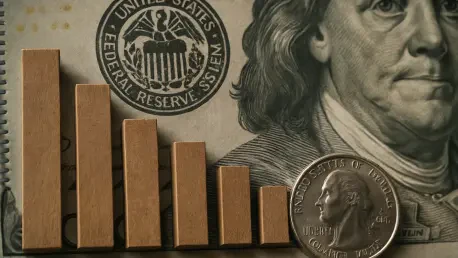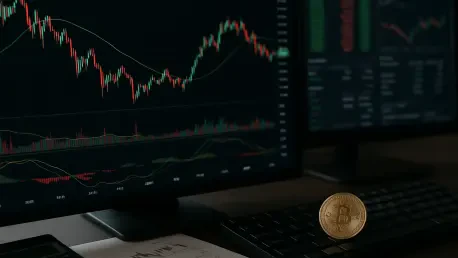
The U.S. Commodity Futures Trading Commission has officially launched a landmark CEO Innovation Council, a strategic advisory body poised to fundamentally reshape the integration of digital assets into the nation's established financial system. This groundbreaking initiative signals a critical

In an environment where large institutional investors constantly seek an edge, the Teacher Retirement System of Texas (TRS), a colossal $230 billion pension fund, recently demonstrated that sometimes the most impactful moves come in the smallest packages. A recent report from its investment

The World Bank has pioneered a groundbreaking financial instrument designed to bridge the gap between private capital and global development goals, launching a US$200 million bond that directly ties investor returns to the successful reduction of greenhouse gas emissions. This innovative Clean

The U.S. Commodity Futures Trading Commission (CFTC) has initiated a groundbreaking three-month pilot program that could fundamentally reshape the American financial landscape by allowing major digital assets to be integrated into the traditional derivatives markets. This pivotal initiative, a

The inherent volatility of Ethereum's transaction fees has long been a significant hurdle for developers and high-volume users, transforming routine network operations into a high-stakes guessing game. Even in market conditions where base transaction costs are remarkably low, the potential for

Imagine a world where the United States, long a powerhouse in traditional finance, emerges as the undisputed leader in the wild, innovative realm of cryptocurrency. With the recent groundbreaking decision by the Commodity Futures Trading Commission (CFTC) to greenlight spot Bitcoin and